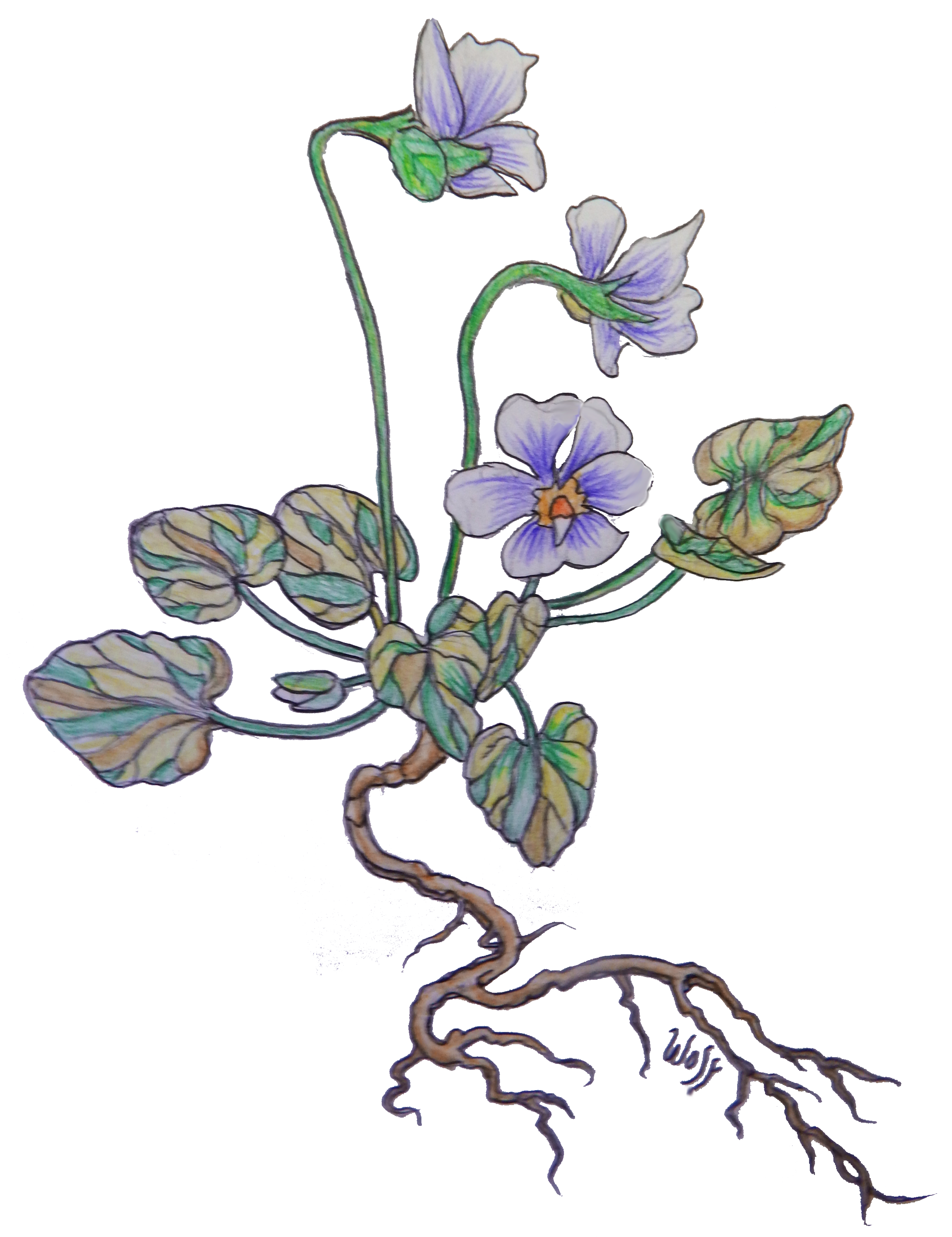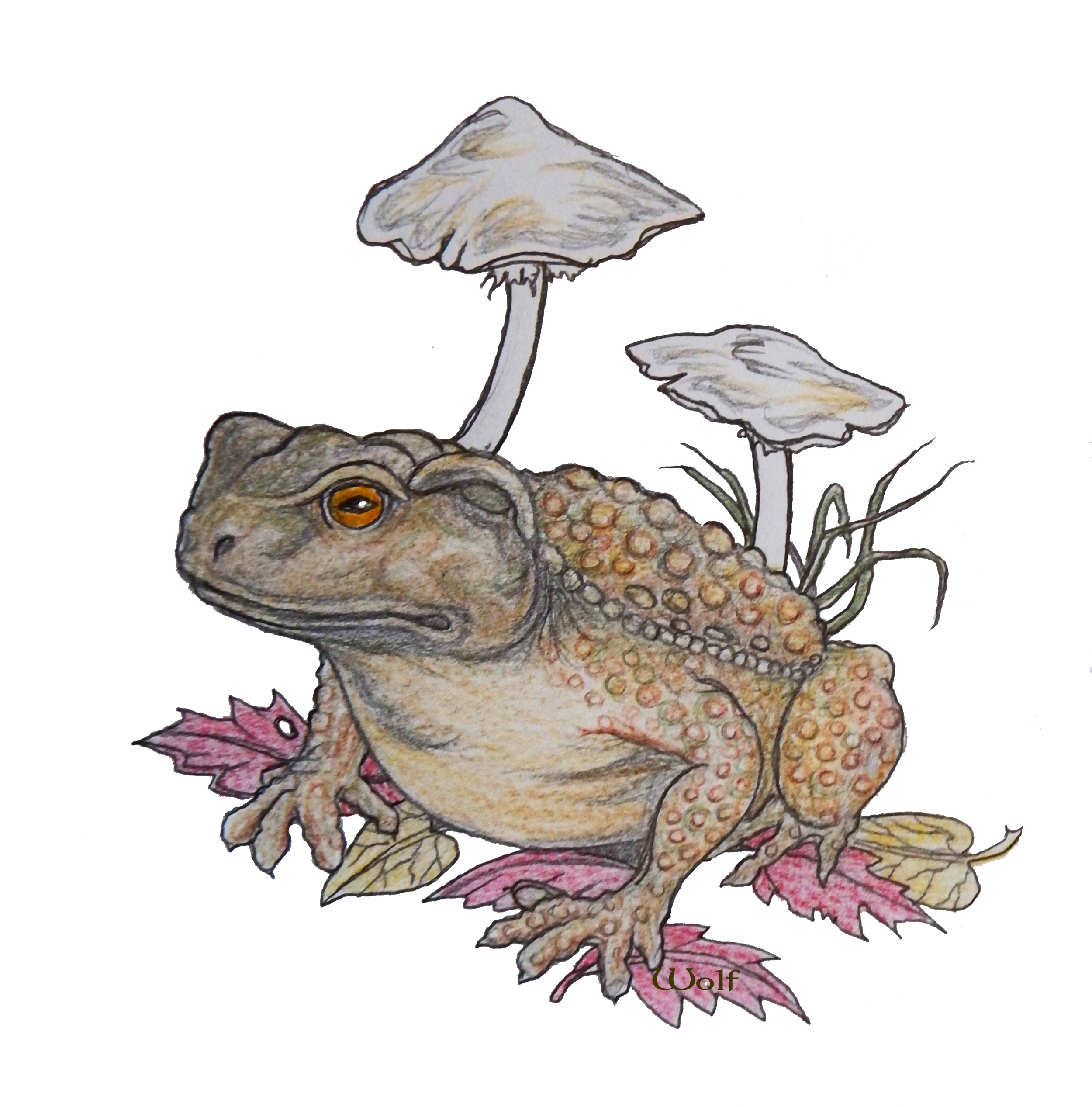
myth & flora
-
In a world of petrochemicals, synthetic formulas, and industrialized pharmacy, we know that Folk Herbalism is not quaint hobby or nostalgic pastime. it is necessity. It is the ancient knowledge of the earth, breathing through leaves, roots, and blossoms. It is how we have and will remember our covenant with the Green World.
The First Principle: Plants as Persons
Each herb is a being, a subject, not a raw material. The Nettle, Mint, Yarrow, and Elder speak in their own dialects. To harvest, to brew, to offer: these are acts of communion.
Folk herbalism is the art of listening to the plant as kin.
The Second Principle: Memory Before Mechanism
Modern pharmacology apprehends molecules; folk herbalism hears stories. The bark texture, the leaf vein, the fragrance of ground seeds, these are words of a language older than chemical charts. To remember the stories, the patterns, the common names, is to recover a lineage of belonging.
The Third Principle: Healing as Reciprocity
Folk herbalism does not assume mastery over plants, it invites partnership. We receive with gratitude, leave offerings, sow and tend. Healing unfurls when we enter relationship with plant spirits, when we know reciprocity is the root of medicine.
The Fourth Principle: Access & Resilience
In times of collapse: economic, ecological, social, folk herbalism is a form of sovereignty. It is self-care, community care, and life-care. When supply chains fail, the ability to forage, to steep, to brew becomes a survival skill. Healing emerges from the land itself.
The Fifth Principle: Praxis of Green Wisdom
To live by folk herbalism is to weave practices into life:
•Walk with awareness and gentlenesss in wild places and notice what grows.
•Gather with ritual, gratitude, prayers, leaves in hand.
•Teach children the names and stories of plants.
•Innovate from root wisdom: combining lore and tradition with experience, improvisation, and open eyes.
The Call
We call upon herbalists, gardeners, storytellers, makers, and seekers: revive the green memory! We need folk herbalism now more than ever. We need people who know every plant, mushroom, and green ally by name, who pass on the covenant to a new generation, who can listen to plant voices and truly hear.
For the world is both grieving and greening beneath our feet. The wild medicines still whisper. Let us gather again at the root. Let the herbs speak. Let us remember who we are.
-
We live in an age of unraveling, of collapsing certainties, of fractured meaning, of voices drowned by noise. In such a time, the fairy tale is not luxury nor childish relic, but necessity. It is the ancient bone flute that calls us back to the pulse of the living world.
The First Principle: Tales as Vessels of Life
Fairy tales are not inventions but inheritances, vessels in which rivers, stones, and trees have placed their voices. The witch in the wood is the voice of the forest itself. The talking fox is kin come to guide us. Every tale whispers: the world is alive, and it speaks through story.
The Second Principle: The Imagination as Ecology
To wound imagination is to wound the Earth, for both root in the same soil. Fairy tales nourish the imagination as rain nourishes moss; they remind us that wonder is not frivolous but fundamental. When we keep the fairy tale alive, we keep alive the possibility of a world seen as animate, relational, and sacred.
The Third Principle: The Tale as Survival
Fairy tales often arise in times of famine, war, plague, and shadow. They were never escapism, but survival manuals disguised in wonder. They taught how to follow birdtracks, how to listen to trees, how to find gifts in impossible places. To live in this age of ecological and cultural crisis without fairy tales is to live without a compass.
The Fourth Principle: Healing the Severance
Modernity has told us the world is mute and we are alone. Fairy tales insist otherwise. They mend the severance, teaching us to recognize fox as teacher, river as mother, thorn as protector. In their company, we relearn kinship. The tale restores to us what science alone cannot: relationship, reverence, reciprocity.
The Fifth Principle: Praxis of Story
To live by fairy tale is not to retreat from reality but to meet it more deeply.
•We tell stories at the hearth, in the classroom, in the street.
•We let our children grow up knowing the woods are full of presences, challenges, and gifts.
•We honor the old motifs, the hedge, the threshold, the riddle, as instructions for living.
•We make new tales seeded in old soil that speak to this time of climate and collapse.
The Call
We do not need fewer fairy tales, but more. Tales that are rooted, fierce, and animistic. Tales that remind us the stone has memory, the tree has wisdom, the river has desire. Tales that arm us not with swords of steel, but with imaginations sharp enough to pierce despair.
The Necessary Fairy Tale is no child’s play. It is a medicine, an antidote, a survival kit. It is how the living world continues to speak in a language we can carry.
We call upon storytellers, herbalists, poets, dreamers, and keepers of lore: tend the tales, carry them, tell them anew. For without fairy tales, the soul starves. With them, the world still shimmers with possibility.
-
Life is not a machine to be measured, dissected, and reduced to parts, but rather a vast symphony of animate presences, each one singing the world into being. To know life truly is not to stand above it, but to enter into communion with it. We call this way of knowing Biognosis, a wisdom that arises through participation, relationship, and embodied dialogue with the more-than-human.
The First Principle: All is Alive
Every root, stone, current, and breath is a subject, not an object. The soil teems not with resources but with relatives. The river is not a supply but a teacher. The moss on the north side of the tree is an elder, soft with secrets. To embrace animism is not to “believe” that the world is alive, but to remember what was always so.
The Second Principle: Knowledge is Kinship
Biognosis does not come through abstraction alone, but through intimacy. To touch leaf to lip, to listen to birdcall at dawn, to dream with the wind, this is study. We do not seek to dominate knowledge but to dwell within it, to apprentice ourselves to oak, crow, cloud, and rose.
The Third Principle: Gnosis is Participation
Biognosis is not data but revelation. It is the knowing that dawns when we surrender control, when we allow ourselves to be changed by contact with the Other. To know in this way is to be pierced, moved, reshaped by the presences we encounter. The world is not inert, waiting for us to observe it. It speaks, it responds, it calls us by name.
The Fourth Principle: Healing Through Relationship
In the time of unraveling, when forests burn and water is poisoned, animistic biognosis offers not escape but return. By recognizing kinship with all beings, we mend the severance at the root of our sickness. We become healers not through dominion but through reciprocity, offering song for berry, prayer for root, gratitude for breath.
The Fifth Principle: Praxis of the Enchanted
To live by animistic biognosis is to make the invisible visible once more.
•We walk with reverence, knowing the ground is sacred.
•We speak with the plants, and we listen when they answer.
•We craft rituals that restore the flow of recognition between human and the more than human.
•We make art, poetry, and myth not simply as ornament but as offerings to the living cosmos.
•We remember that science is one way of knowing, but never the only way.
The Call
We stand at a threshold: the mechanistic dream is dying, and with it the illusion of human supremacy. The world longs for us to awaken, not to nostalgia, not to fantasy, but to the reality of an animate, intelligent Earth.
Animistic Biognosis is not a doctrine but a way of being. It is the vow to live as kin among kin. To know by listening. To heal by loving. To act by honoring.
We who proclaim this call upon poets, herbalists, dreamers, ecologists, mystics, wanderers, and makers of myth to join the weaving. Together, let us restore the covenant between humans and the living world.
For the Earth is alive. The Earth is aware. The Earth remembers.
And so must we.


fairy tales
folk herbalism
hedgewise ways
wonder. immersion. wisdom
open the door in the hedge, follow the path through the forest…











